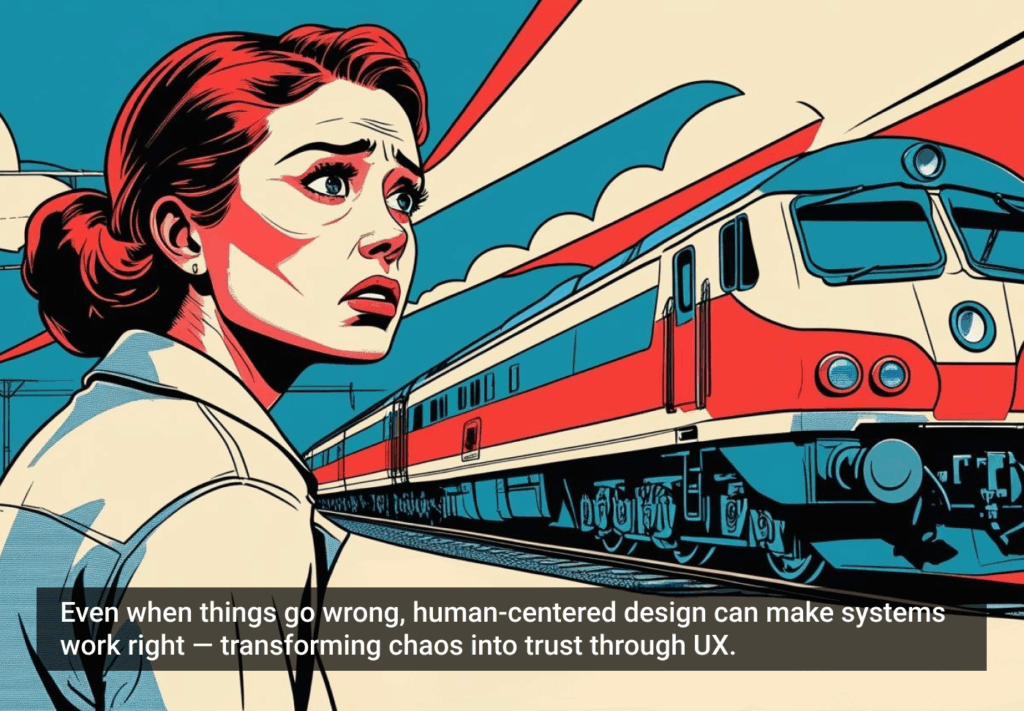I recently read a special issue on How AI Is Changing Work by Harvard Business Review (HBR), I was amazed by how radically AI has improved.
From interpreting X-rays to assigning patrol areas for police, machine learning (ML) has become fast, accurate, and widely available.
Many traditional businesses will soon transform their core processes and business models to take advantage of ML because AI-driven processes can be easily connected with other digitized businesses and create powerful opportunities to improve such as producing more accurate customer-behavior models.
How do I feel about the role of AI in my future?
Pretty exciting and worrying at the same time.
What’s exciting?
- AI improvements will amplify our cognitive strengths. With the right info furnishing to us at the right time, it will speed up our analytics and decision-making. For example, the possibility of introducing policies in dealing with flood management thanks to better flood forecasting systems such as the one that Google is developing as per link below:
The Technology Behind Our Recent Improvements in Flood Forecasting
Flooding is the most common natural disaster on the planet, affecting the lives of hundreds of millions of people…
ai.googleblog.com

- AI will allow us to heighten our sense of learning and creativity. Figuring out the output generated by AI will always throw us in a position where we need to relearn what we know and discover new possibilities. Is not only the output that helps us learn, this includes the input of data sets that is fed to the machines. This was clearly demonstrated in the world of traditional games like chess and go, where humans and machines are complementing one another in learning and strategizing.
DeepMind’s AlphaZero breathes new life into the old art of chess
“Of chess, it has been said that life is not long enough for it,” chess master William Napier once said, “but that is…

- AI will enable us to focus on high-level tasks that prioritize customer experience, employee engagement, workplace culture, social skills, and emotional intelligence. For example, a simple customer service bot can independently answer about 80% of queries. Customer service representatives will now be able to focus on the other 20% of queries that require better contextual understanding or more empathy.
- AI promotes accessibility to the greatest extent possible tailored to human diversity and inclusion. According to The Business of Artificial Intelligence written by Erik Brynjolfsson and Andrew McAfee, speech recognition is now about three times as fast, on average, as typing on a cell phone. The error rate has dropped from 8.5% to 4.9%. . What is remarkable is that the rapid improvement has not come over the past 10 years but just since the summer of 2016.
The Business of Artificial Intelligence
For more than 250 years the fundamental drivers of economic growth have been technological innovations. The most…

What’s worrying?
- There will be widespread dislocation in many occupations and erosion of traditional capabilities that will shake our economy and society. This would lead to further disparity in income inequality between richer and poorer nations as quoted by the IMF.
How Artificial Intelligence Could Widen the Gap Between Rich and Poor Nations
New technologies like artificial intelligence, machine learning, robotics, big data, and networks are expected to revolutionize production…

- Our environment will continue to degrade to some extent. The storage and processing of data needed to fully train a large algorithm can consume huge amounts of energy — as much as 626,000 pounds (284,000 kg) of carbon dioxide, according to a study by the Massachusetts Institute of Technology. Of course, the same AI technology could increase energy efficiency as proven by Google who managed to reduce energy use to cool their data centers by 30%. Evidently, not everybody prioritize on digital carbon footprint as most strive for business profits.
- When algorithms begins to destroys trust, stirs up anxiety, alter people’s behavior, and eventually erode autonomy. In one study, the Uber app has algorithms that monitors their driver’s GPS location, speed, and acceptance of customer requests. It instructs which riders to pick up and how to get the riders to the destinations. Drivers will be penalized or even banned from the platform if they did not follow the instructions from the app. In this scenario, the drivers are frustrated from the lack of understanding of the underlying logic of the algorithms and at the same time felt dehumanized. With such feelings, there will be more people grow to disregard the sense of integrity and ethics by finding ways to work around the system.
- Accountability issues. For example, if ML systems are to diagnose and recommend a non-standard treatment for a patient (e.g. providing a higher dose than usual) without involving any expertise from doctors, will our laws and regulations evolves in a way that doctors are to be held liable for any harm if he/she did not follow the system’s recommendations?.
When Machine Learning Goes Off the Rails
What happens when machine learning—computer programs that absorb new information and then change how…

How will I work with machines?
The goal of making machines that behaves better for humans.
After reading several articles on the prospects of AI development, I have come to derive that my role in UX would be reshape to the following :
To sustain the responsible use of machines by ensuring products and services are designed and developed in a functional, safe, and accessible mannerto all users.
It’s time to practice :
- To ask more questions about AI. How consumers will understand or behave with a lock or unlock algorithms in ML systems?. Do algorithm errors go undetected that it biases minorities in particular?. How can we ensure that the ML offering’s behavior evolves appropriately given how the environment is constantly changing ?.
- Having meaningful conversations between all stakeholders by receiving inputs and reviewing issues related to AI (e.g. dealing with ethical risks).
- Uphold principles of human-centered design as part of the AI development process. As designers, we are not designing the products for our own or product owners but envisioning our products in the context of the users and their environments.
At the end of the day, I agree that:
UX designers would have to take all factors into considerations, bridge the gap and merge the knowledge from all sides to define the best solution, especially in AI development process as quoted in the article below.
How AI Can Influence Accessibility
Thoughts on establishing best practices in AI ethics and creating an inclusive digital future…

Are you ready to talk about AI?
What is your take on AI? . I would love to hear your thoughts.
I hope this piece has got you thinking about your role in the future.
To find out more about what is going on in the AI sphere and that impacts the future of jobs. Check out the following sites:

Artificial intelligence
Edit description
Journey to AI Blog – The IMB Data and AI blog
The journey to AI blog covers news, thought leadership, expert POV and client success stories about data and AI. Data…

You can also get a copy of the HBR special issue here for detailed read on the future of jobs and business transformations in AI:
How AI Is Changing Work (HBR Special Issue)
Harvard Business Review Special Issues are timely, single-theme collections of HBR articles written by some of the…

There is also a documentary released in 2020 called We Need to Talk About A.I. that expresses concerns about AI. Check out the trailer below:








